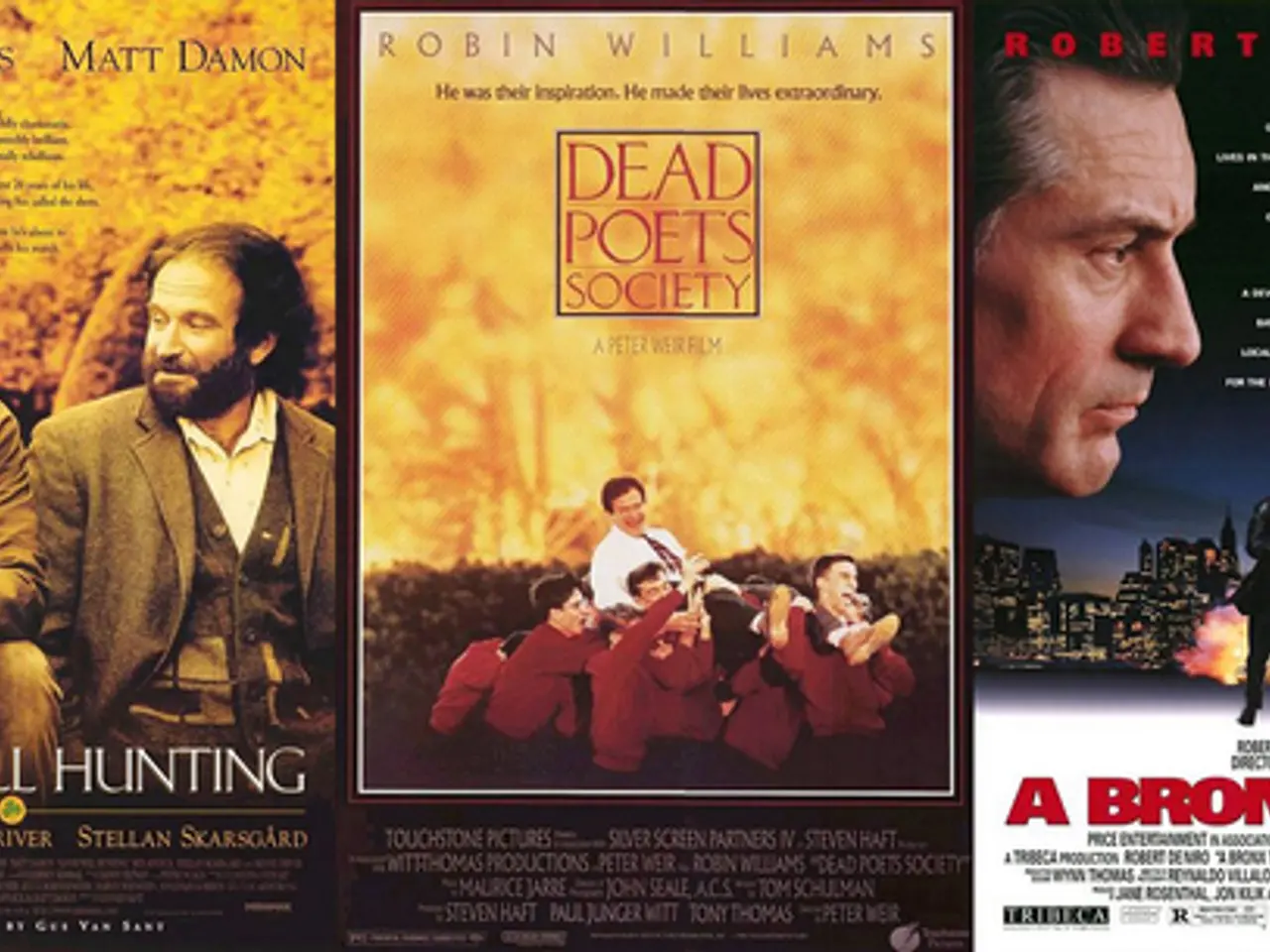Understanding: Social Media Ranking System
In the digital age, social media platforms have become a significant part of our daily lives. But have you ever wondered how the content you see on your feed is determined? Let's delve into the world of social media algorithms and understand how they work.
Social media platforms, such as Instagram, Facebook, YouTube, and TikTok, arrange feeds based on interactions and trending content. Algorithms, sets of rules, determine what content appears on a user's screen, in order of relevance, engagement, recency, and relationships. These algorithms learn continuously from user behavior and adjust content accordingly, tailoring your social media feed to personalize your experience.
The relevance of content is determined by past behavior, likes, shares, searches, and watch time. Engagement is measured by the number of likes, comments, and shares a post receives. Algorithms boost engagement on social media by showing content likely to get user engagement. However, this focus on engagement can sometimes lead to criticism, with concerns raised about virality over accuracy, favoring engaging content over accurate content.
Each social media platform has its unique algorithm, but they all work approximately the same way. For instance, on YouTube, recommendations are heavily based on watch history, search, and engagement with related content. On TikTok, the "For You" page is an example of algorithmic precision, showcasing content predicted to keep users engaged the longest.
Cross-platform recommendations could combine activity across applications to create more unified content experiences in the future. Authenticity signals could prioritize verified, trustworthy sources to minimize misinformation. User control tools, such as "Favourites" lists or chronological feeds, are becoming more common, enabling users to opt-out of algorithmic ordering. Twitter offers both a chronological feed and a "For You" feed, providing users with the choice of how they want to view their content.
However, lack of transparency is a criticism of social media algorithms, leaving users to question why certain posts appear or don't appear in their feeds. Additionally, algorithms can create echo chambers, reinforcing existing beliefs. To combat this, AI-driven personalization is a trend in social media algorithms, using advanced machine learning models to predict interests and provide a more diverse range of content.
The main developers of social media algorithms include notable figures like Sean Rad, Jonathan Badeen, Justin Mateen, Joe Munoz, Dinesh Moorjani, and Whitney Wolfe, who developed the Tinder recommendation algorithm. Larry Page and Sergey Brin, the co-founders of Google, also played a significant role with the development of the PageRank algorithm, influential in search and data processing contexts.
In conclusion, social media algorithms are a key factor in determining what billions of users view each day on social media platforms. They act as personalized curators, showing content predicted to keep users engaged the longest. Understanding how these algorithms work can help users make informed decisions about their online experiences and engage more effectively with the content they see.
Read also:
- Understanding Hemorrhagic Gastroenteritis: Key Facts
- Trump's Policies: Tariffs, AI, Surveillance, and Possible Martial Law
- Expanded Community Health Involvement by CK Birla Hospitals, Jaipur, Maintained Through Consistent Outreach Programs Across Rajasthan
- Abdominal Fat Accumulation: Causes and Strategies for Reduction




